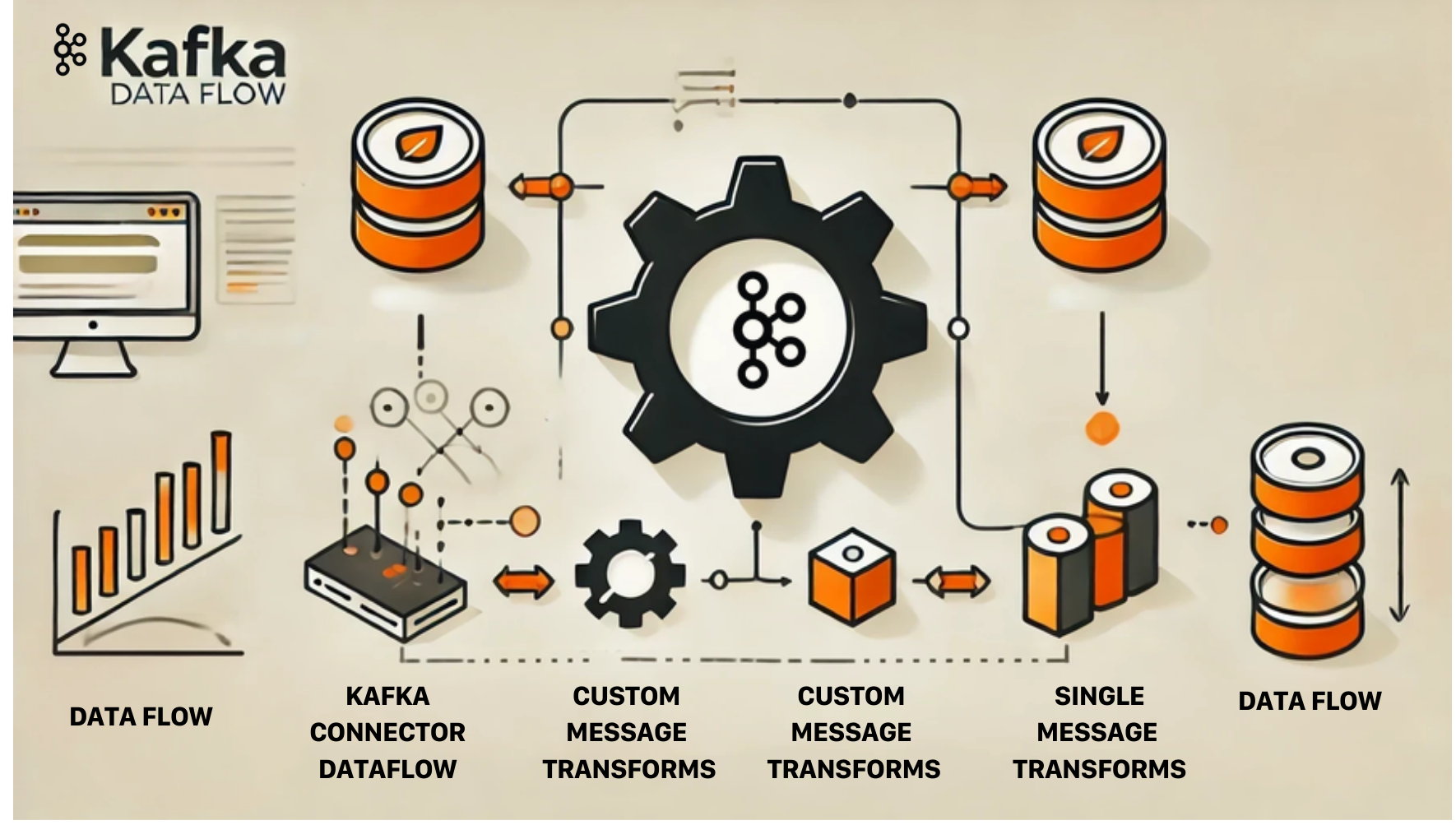Migrating from Monolithic to Microservices: Systematic Approaches, Challenges and Recommended design patterns

Context: Re-architecting monolithic systems with a microservices-based architecture has become a common trend. Many companies are transitioning to microservices for various reasons. However, such a significant decision to re-architect an entire system should be based on concrete evidence rather than intuition.
Objective: The aim of this work is to propose an evidence-based decision support framework for companies considering a migration to microservices. This framework will be based on the analysis of a set of characteristics and metrics that should be collected before re-architecting their monolithic system.
Introduction
In today’s rapidly evolving technological landscape, the need for agile, scalable, and resilient systems is more critical than ever. Traditional monolithic architectures, where all components of an application are tightly integrated into a single, cohesive unit, often struggle to meet these demands. As a result, many organizations are increasingly looking towards microservices architecture as a solution.
This document provides a comprehensive guide to best practices for migrating from a monolithic architecture to a microservices architecture. It aims to help organizations to understand the migration process, mitigate potential risks, and leverage the full benefits of microservices.
We will begin by exploring the detailed examination of the steps involved in the process. From understanding the current system and defining a strategic migration plan to designing microservices and implementing cross-cutting concerns, each section is designed to offer practical insights and actionable advice.
By adhering to these best practices, organizations can transform their monolithic systems into flexible and resilient microservices architectures, positioning themselves for long-term success in an ever-changing technological environment.
Read more: Migrating from Monolithic to Microservices: Systematic Approaches, Challenges and Recommended design patternsMonolithic
A monolithic application is a type of software architecture in which all components of the application are tightly integrated into a single, unified unit. This single-tiered approach means that everything, from the user interface to backend processes and data storage, operates within one large codebase. In simple terms, it’s a self-contained system that manages all aspects of the application internally. This architecture is commonly employed by developers accustomed to traditional software development practices and operates independently from other computing applications.

Typically, a monolithic application includes the following components:
- Authorization: Manages user permissions and access to the application.
- Presentation: Handles HTTP requests and responds with XML or JSON.
- Business Layer: Contains the core functionality and features that drive the application.
- Database Layer: Manages data access and interactions with the application’s database.
- Application Integration: Oversees the integration of the application with other services or data sources.
Microservices
Microservices architecture is a software architectural style where a large application is constructed from a collection of small, independent services that communicate with each other through APIs. Each service is designed to perform a specific task and has a well-defined interface, allowing it to interact seamlessly with other services within the application.
Unlike traditional monolithic architecture, where all components are tightly integrated into a single system, microservices architecture breaks down the application into self-contained services, each responsible for a specific business capability. These services can be developed, deployed, and scaled independently.
In a microservices architecture, each service is autonomous, handling its specific business functionality. These services often have their own databases, deployment pipelines, and dedicated teams responsible for their development and maintenance. This approach enables greater flexibility, scalability, and resilience in software development.

- Assessment
- Assess the current monolithic application to comprehend its architecture, dependencies, and functionality.
- Pinpoint areas that would gain from being broken down into microservices, focusing on modules with high coupling or scalability limitations.
- Establish clear objectives and success criteria for the migration process.
- Planning:
- Develop a detailed migration plan outlining the sequence of steps, resources required, and timelines.
- Plan for gradually replacing parts of the monolith with microservices.
- Identify and Strategy
- Identify the first candidates for migration, starting with less critical or less complex components.
- Decide on the microservices architecture pattern that best fits your needs (e.g., service-oriented architecture, domain-driven design).
- Data Management
- Tackle data management challenges involved in transitioning from a monolithic to a microservices architecture.
- Explore options such as database per service, polyglot persistence, event sourcing, or distributed data management patterns.
- Employ data synchronization mechanisms, caching strategies, and eventual consistency models to ensure data integrity and coherence across microservices.
- Design
- Identify Microservice Boundaries: Break down the monolith into smaller, manageable services based on business capabilities.
- Design APIs: Define clear and consistent APIs for communication between microservices.
- Service Registry and Discovery: Design service discovery to dynamically find and connect microservices.
- Technology
- Choose the Right Tech Stack: Select appropriate technologies for each microservice, considering factors like language, framework, and database.
- Infrastructure Considerations
- Establish the required infrastructure to support microservices deployment and communication.
- Containerization: Use container technologies like Docker to package and deploy microservices consistently.
- Orchestration: Implement an orchestration tool like Kubernetes to manage and scale your microservices. Utilize container orchestration platforms to manage the lifecycle, scaling, and resilience of microservices.
- CI/CD Pipelines: Establish continuous integration and continuous deployment pipelines to automate testing and deployment processes.
- Set up service discovery, load balancing, and routing mechanisms for seamless communication between microservices.
- Ensure robust monitoring, logging, and security measures are implemented to maintain operational visibility and protect against potential threats.
- Implementation
- Develop and implement microservices according to the defined service boundaries and design principles.
- Use an iterative and incremental approach, starting with a few critical services and gradually expanding the scope.
- Focus on building robust, scalable, and resilient microservices using best practices such as fault tolerance, idempotency, and distributed tracing.
- Testing
- Unit Testing: Validate the smallest parts of the application (individual functions or methods) to ensure they work as intended.
- Integration Testing: Test the integration points between different microservices and between microservices and external systems.
- Contract Testing: Ensure that the interactions between microservices adhere to agreed-upon contracts (APIs).
- End to End Testing: Validate the complete workflow of the application from the user’s perspective.
- Performance Testing: Assess the performance, scalability, and reliability of the microservices.
- Security Testing: Identify and mitigate security vulnerabilities within the microservices architecture.
- Regression Testing: Ensure that new changes do not adversely affect existing functionality.
- Test the system’s resilience by introducing failures and observing how the system responds.
- Deployment and Monitoring
- Incremental Migration: Migrate one service at a time to minimize risks. Start with non-critical services.
- Strangler Pattern: Gradually replace parts of the monolith with microservices by using the strangler pattern.
- Monitor and Optimize: Continuously monitor the performance and health of newly deployed microservices and optimize as needed.
- Handle Cross-Cutting Concerns
- Security: Implement security best practices such as API gateways, authentication, and authorization mechanisms.
- Logging and Monitoring: Set up centralized logging and monitoring to track the health and performance of microservices.
- Fault Tolerance: Design for fault tolerance with techniques like circuit breakers, retries, and fallbacks.
- Data Consistency: Use patterns like event sourcing and CQRS to handle data consistency and eventual consistency.
- Rollout and Refinement
- Roll out microservices incrementally, starting with low-risk services and gradually increasing the deployment scope.
- Gather feedback from users and stakeholders to identify areas for improvement and refinement.
- Continuously iterate on the architecture, design, and implementation of microservices based on feedback and evolving business requirements.
- Team and Culture
- Cross-Functional Teams: Form cross-functional teams responsible for different microservices to foster ownership and expertise.
- DevOps Culture: Promote a DevOps culture to encourage collaboration between development and operations teams.
- Training: Provide training for your team on microservices concepts, tools, and best practices.
- Review and Iterate
- Regular Reviews: Conduct regular reviews of the migration process to identify challenges and areas for improvement.
- Feedback Loop: Establish a feedback loop to learn from each phase of the migration and make necessary adjustments.
- Iterate: Continuously iterate on your microservices architecture to adapt to new requirements and technologies.
Measures of Successful Migration:
| Behaviours | Measures |
| Performance | Response time: The time between sending a request and receiving the corresponding response. |
| CPU utilization: The percentage of time the CPU is not idle. Used to measure performance. | |
| Usage of containers: The usage of containers can influence performance, since they need additional computational time compared to monolithic applications deployed in a single container. | |
| Waiting time: The time a service request spends in a waiting queue before it gets processed. | |
| Scalability | Requests processed per sec – performance under increased load |
| Dynamic allocation: dynamically allocate resources to meet changes in demand (vertical or horizontal) | |
| Fault Tolerance | Failure Isolation: Improved fault tolerance and containment of failures within individual services. |
| Reliability | Time to recover: The mean time it takes to repair a failure and return to operations |
| Uptime: Higher availability and reduced downtime | |
| Deployment Frequency | Deployment Speed: Increase in the frequency and speed of deployments |
| Rollback Capability: Ease and speed of rolling back deployments if issues are found | |
| Maintenance | Complexity: Breaking into small microservices will reduce the complexity of business requirements and understanding of services |
| Testability: Can be individually tested because of its loose coupling in nature |
Benefits of Microservices:
- Better organization: each service is standalone and does not depend on other systems.
- Reusability: the code is easier to reconfigure and recompose in other systems.
- Autonomous systems: one collapse doesn’t break the entire application.
- Faster and more seamless on-boarding of developers: Since each service is modular, a developer doesn’t need to understand each separate service but can focus on building and deploying just one.
- Reduced risk: each feature can be developed and deployed independently so that a single point of failure doesn’t cripple the entire system.
- Data can be stored in multiple locations: which promotes faster scalability than a monolithic application.
- Microservices increase fault isolation and tolerance: Because they’re loosely coupled, one point of failure won’t affect the entire application.
Cost Related Measures:
- Personal Cost: Microservices reduce the development costs given that complex monolithic applications are broken down into a set of services that only provide a single functionality. Furthermore, most changes affect only one service instead of the whole system
- Infrastructure Cost: It depends when compared to Monolithic architecture. Because some of the microservices require very less infrastructure and some may need more. But microservices reduces the maintainability of applications infrastructure.
Disadvantages of Microservices:
- Increased topological complexity: When a monolith is broken down into a subset of independent microservices that communicate across a network, this significantly increases the application’s architectural complexity.
- Complex integration overhead and dependency.
- Network congestion: Microservices communicate through RESTful APIs that exchange data in JSON and XML formats. All these exchanges occur over the HTTP protocol. A formerly quiet network becomes excessively chatty when microservices are introduced. The result is network congestion.
- Increased computing costs
- Complex logging, tracing and auditing
Desing Pattern Considerations:
Strangler Pattern: Incrementally replace parts of the monolithic application with microservices. The monolith is gradually “strangled” as new functionality is implemented in microservices.
API Gateway Pattern: A single-entry point for all client requests, which routes requests to the appropriate microservice. It can handle cross-cutting concerns such as authentication, logging, and rate limiting.
Database per Service Pattern: Each microservice has its own dedicated database, ensuring loose coupling and independent scaling.
Saga Pattern: Manages distributed transactions across multiple microservices using a series of local transactions. It ensures consistency by using compensating transactions to undo changes in case of a failure.
Event Sourcing Pattern: Instead of storing the current state, store a series of events that represent state changes. The current state is derived by replaying these events.
CQRS (Command Query Responsibility Segregation) Pattern: Separates read and write operations into different models. The command model handles updates, while the query model handles read.
Bulkhead Pattern: Isolates resources and limits the impact of a failure in one service on others. Each microservice or component operates in its own “bulkhead.”
Circuit Breaker Pattern: Prevents a service from performing an operation likely to fail. If a service fails repeatedly, the circuit breaker trips and subsequent calls fail immediately, allowing the system to recover.
Service Mesh Pattern: A dedicated infrastructure layer for managing service-to-service communication. It handles tasks like load balancing, service discovery, and security.
Sidecar Pattern: Deploy auxiliary components alongside the main service container to handle tasks like logging, monitoring, or proxying.
Anti-Corruption Layer Pattern: Creates a layer to translate and adapt the interactions between the monolithic system and the new microservices, preventing the old system’s complexity from affecting the new architecture.
Choreography and Orchestration Patterns:
Choreography: Each service involved in a workflow produces and listens for events, coordinating with other services without a central controller.
Orchestration: A central service (the orchestrator) manages the workflow, directing each step and interaction.
Conclusion
Transitioning from a monolithic application to microservices can be challenging, but it is a transformative strategy that can revolutionize any organization’s software development process. This comprehensive guide offers a roadmap to assist businesses in navigating this complex transition and unlocking its numerous benefits. By addressing the common challenges, providing practical insights, and highlighting best practices, we aim to equip with the knowledge and tools necessary to successfully migrate to a microservices architecture.

